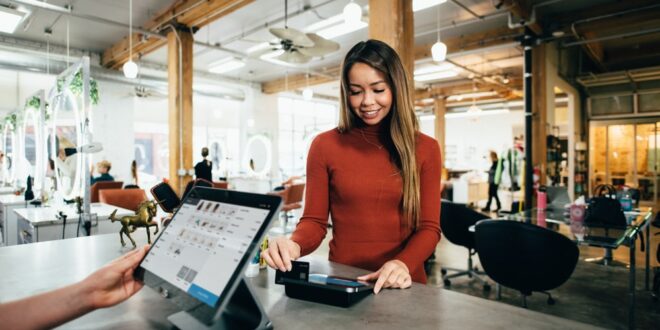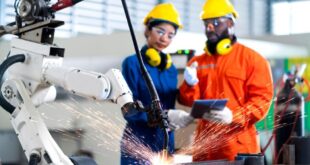Once upon a time, retail simply meant a physical store. People were often limited to the stores in their immediate area and the world of retail was often very insular because of it. Fast forward to 2019 and technology has quickly made its mark on retail, transforming it from what was once just a brick and mortar presence to something that has now fully embraced technological advancements. In today’s article, we have a look at how modern technology is changing the face of retail, so stick around and read on to find out more!
-
No More Messy Scheduling

Employees form the backbone of any retail outlet. Without employees, it would be impossible to run a retail business. This is why ensuring a proper staff schedule is so incredibly important to the success of a business. Thankfully, technologies such as the employee scheduling software offered by Deputy have quickly overtaken manual rosters in 2019.
Scheduling software has made it incredibly easy for staff to remotely access their roster through their smartphones and tablets, ensuring that everyone is well aware of their shifts and schedules. Scheduling software also eliminates workers fatigue as management will be able to check up on who has been doing too much overtime. Software also equips managers with information about late attendance, absenteeism and so on in order to make changes that won’t cause the business to suffer.
The rise of software use has removed the concern of human error when it comes to menial tasks that are better suited to automation. From bookkeeping to payroll, more and more companies are relying on these software-based services as a means of shifting their focus to more pressing tasks within their daily operations.
-
The Wonderful World of E-Commerce
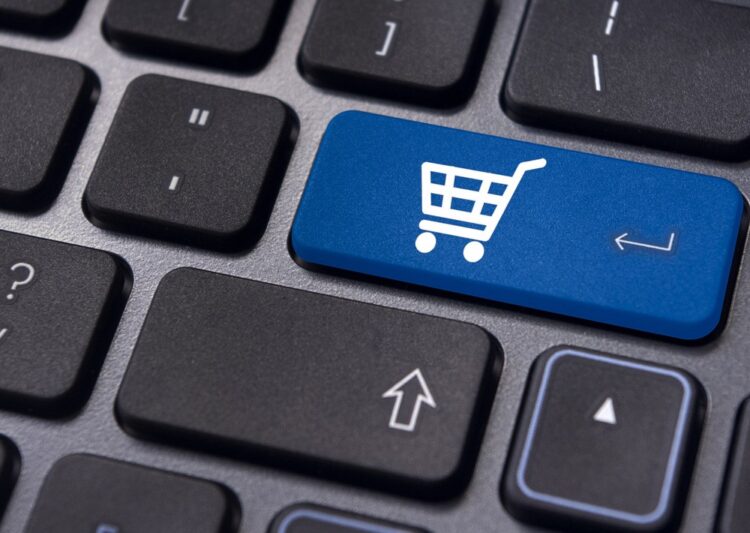
Once upon a time, retail outlets only operated out of physical stores. Thanks to the boom of e-commerce, most retail outlets now offer online shopping to customers. Instead of having to head into a store when pressed for time, consumers can simply head online and make their orders which will be delivered to the comforts of their home.
Online shopping is one of the biggest industries in 2019 and a fantastic way for businesses to increase sales and revenue. E-commerce allows brands to reach customers that may not live in the area, thus expanding a business’ customer base and increasing sales that would have otherwise been impossible.
The rise of e-commerce has also changed the way that a lot of companies brand themselves. Given that branding needs to be relatively uniform across both storefronts and digital, brands have started to take cues from the world of digital when designing their retail stores, including an increase in sleek, minimalist interior design.
-
Self Check Outs
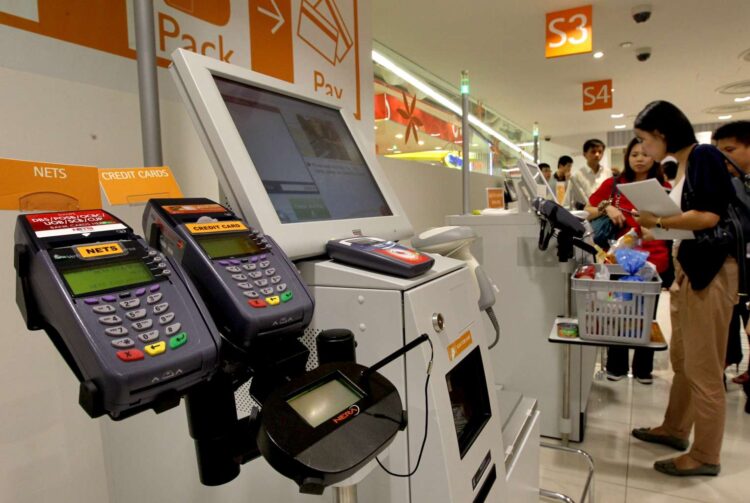
You’ve probably seen self-checkouts at supermarkets and hypermarkets. Self-checkout systems are now becoming increasingly popular at mainstream retail outlets as well due to their efficiency and ability to cut down on congestion. Self-checkouts offer consumers the privacy to scan, bag and pay for their items. Self-checkouts also mean that retail staff needn’t spend all their time managing tills, and can instead pay more attention to issues such as stocktaking, product organisation and customer service, thus increasing in-store productivity.
The proliferation of self-serving and automated services has also made it significantly more cost-effective to get into the retail market, as it cuts out the need for additional staff. That’s not to say automation can completely overtake the need for hiring people in the long-term, but for those looking to get their foot in the door, it’s a great option.
-
Augmented and Virtual Reality
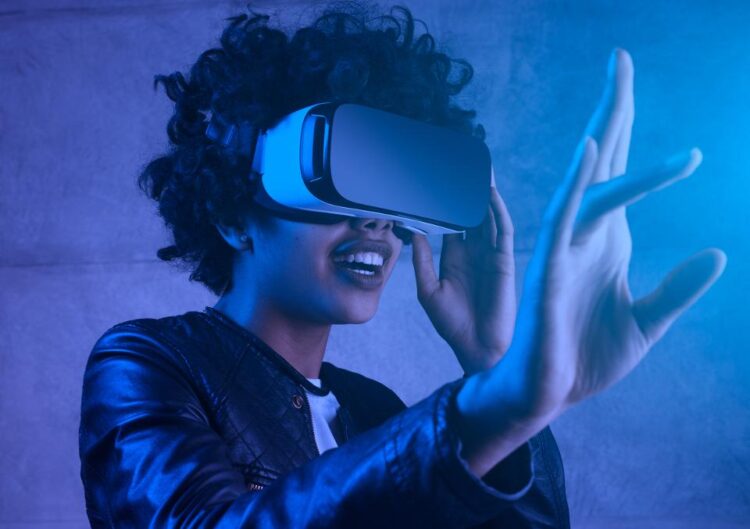
For retail outlets dealing with bulky furniture, it can sometimes be difficult for a consumer to figure out if a sofa or bed is going to fit in their home. This is where augmented and virtual reality technologies come into play. Companies such as Ikea have introduced AR apps that allow customers a greater visual representation of how a piece of furniture may look in their home. The app will take a measurement of the room and will offer up furniture that will comfortably fit in it. This brings a new level of ease and convenience to customers whilst reducing return rates for businesses. A win-win for all!
As an added bonus, additions like augmented and virtual reality are also fantastic ways to boost interest in your brand and products. The aforementioned Ikea AR app was covered by a wide array of publications as a novel way for customers to interact with the company’s products.
-
Chatbot To The Rescue

Last but certainly not least, the increase in the usage of chatbots by retail companies to assist customers is on the rise. Chatbots allow consumers to book appointments and get help with purchasing decisions on platforms such as Facebook Messenger and Whatsapp. Consumers have access to instant information and help with chatbots, even after hours when sales assistants have left the store. Chatbots offer 24/7 assistance and guidance to consumers, ensuring that their queries are answered and their needs are met as soon as possible.
Modern technology has had an incredible effect on retail businesses all over the world. With its aid, it is now easier than ever for both consumers and retailers to meet each other’s expectations and needs. With shifts in everything from scheduling to client interactions, and with technological advancement still progressing into the next decade, we’re excited to see what the next step in retail will be. With that said, we hope that this article has given you some valuable insight into how modern technology is changing the face of retail.
 Hi Boox Popular Magazine 2024
Hi Boox Popular Magazine 2024
